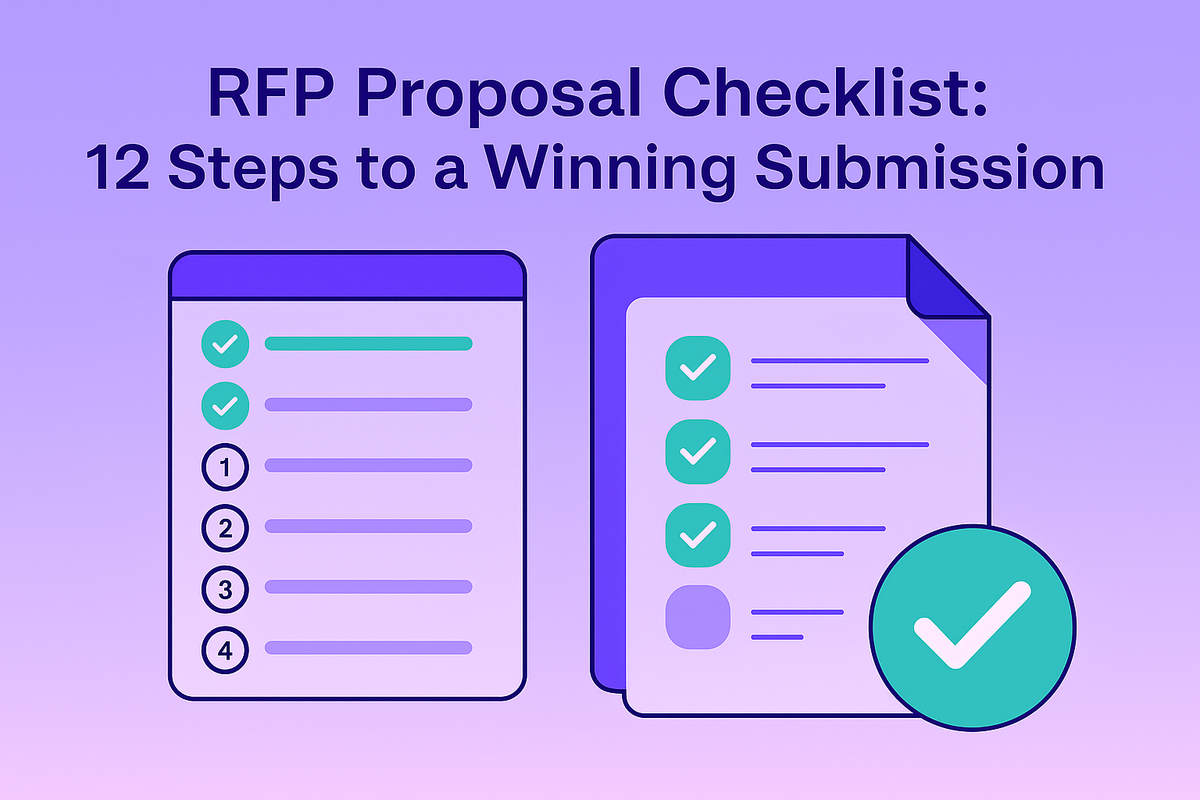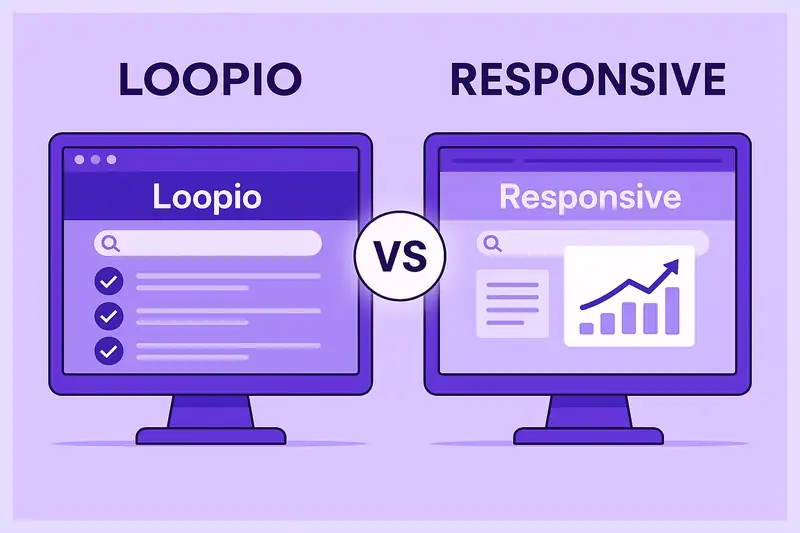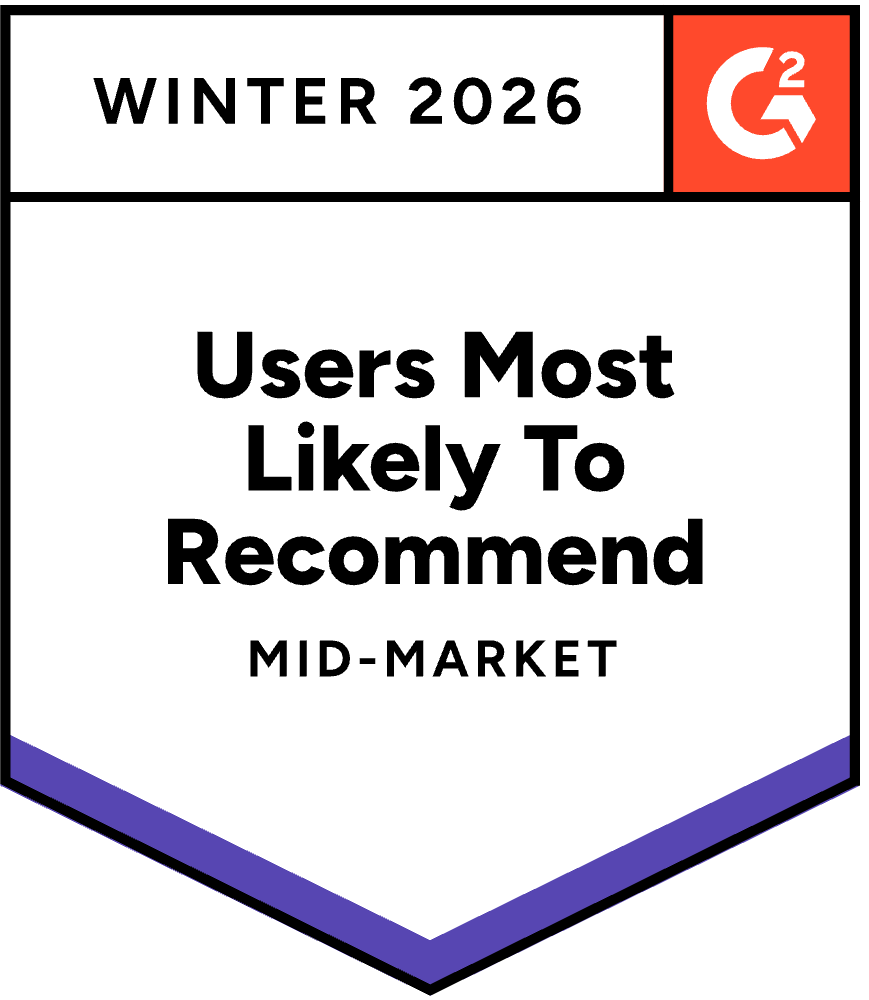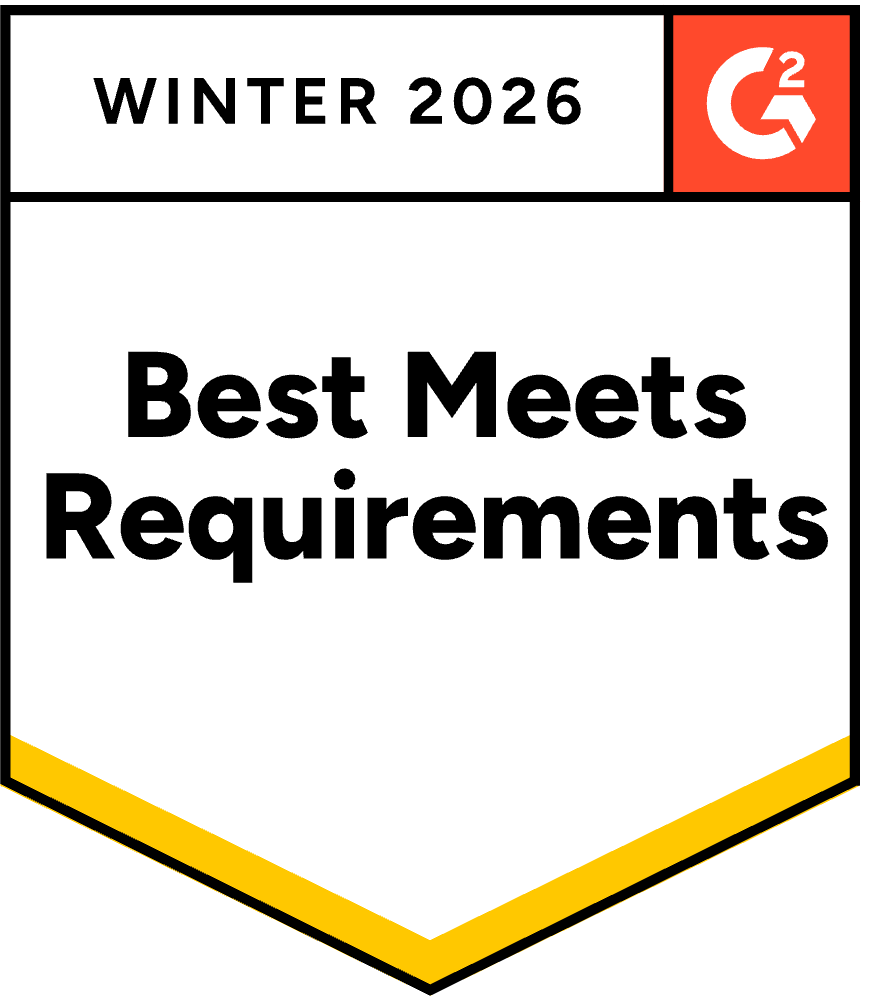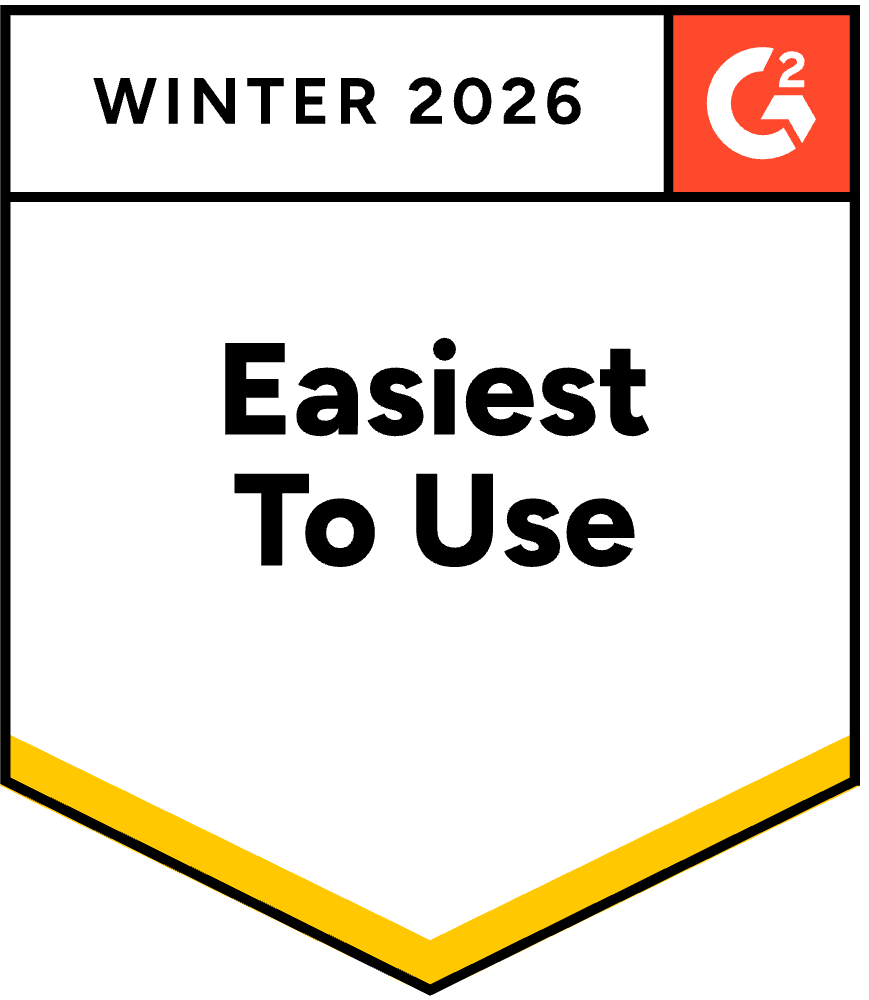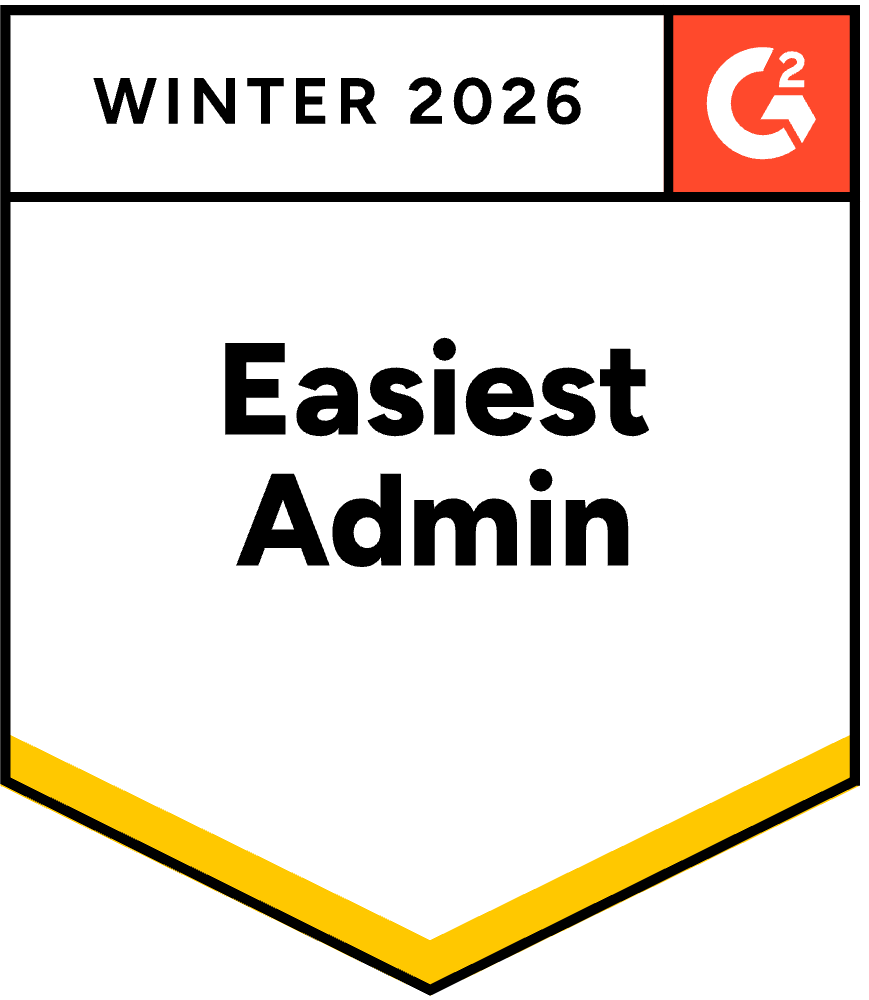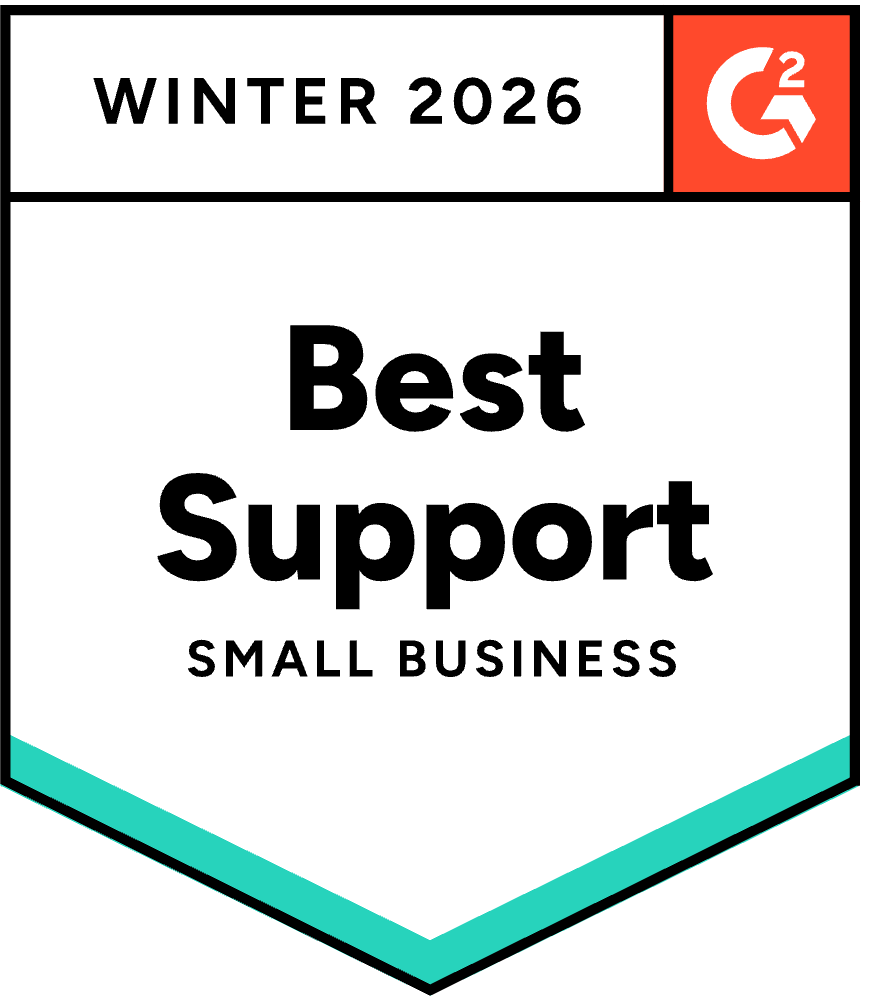Building your first GTM Tech-stack
December 30, 2023
By
Sagee Moyal

GTM Tech Stack for Presales & RFP Teams (2025 Guide)
A winning presales organization doesn’t start with headcount — it starts with the right stack.
If your team handles RFPs, RFIs, DDQs, vendor security questionnaires, or technical scoping, your GTM stack must help you:
- Respond faster with accuracy
- Standardize knowledge & avoid manual copy-paste
- Build trust with security + compliance rigor
- Prove presales impact on pipeline
Here’s the 2025 presales + RFP tech stack that actually works.
CRM & RevOps Core
Your CRM is the backbone — it defines how you track influence, pipeline accuracy, and handoffs.
Best for scaling teams:
HubSpot — simple workflows, fast setup, no RevOps overhead.
When you graduate to advanced RevOps + multi-BU reporting, you’ll likely adopt Salesforce — but HubSpot is unbeatable for early scale + speed.
AI-Powered RFP & Questionnaire Automation
Modern presales teams aren’t typing answers from scratch. They’re using AI to:
- Reuse approved content securely
- Auto-surface answers based on context
- Route questions to SMEs
- Reduce back-and-forth with Sales & Legal
- Accelerate client security reviews
Best-in-class:
Iris
Explore key modules:
Buyer Intelligence & Prospect Targeting
Your technical team shouldn’t be guessing who’s real. Use intelligence to land in live cycles.
- LinkedIn Sales Navigator — buying signals + org mapping
- ZoomInfo — verified data & enrichment
Together, this pairing = precision targeting and warm technical entry points.
Presales Knowledge & Content Hub
Great presales teams organize answers once and reuse everywhere.
Central place for:
- Security narratives
- Architecture diagrams
- Compliance proof
- Approved messaging
- Product answers
Trust & Security Layer
Enterprise trust = your moat.
Must-haves:
- SOC2 / ISO proof & docs
- Centralized compliance content
- Evidence library
- Controlled access
- Audit trail
Collaboration Stack
- Slack — async workflows
- Notion — docs & process
- Loom — technical explainers
- Figma — demo flow & architecture
- Chrome extensions — pull context into portals
When to Expand the Stack
Add tools only when your motion outgrows your system, not because a vendor emailed you.
Upgrade signals:
- Touch-points exceed manual tracking
- Presales wants reporting automation
- Legal + security reviews bottleneck deals
- RFP volume doubles
- You’re losing on compliance speed, not product
Bottom Line
The winning GTM tech stack isn’t the biggest — it’s the one that wins technical cycles faster:
- CRM for deal truth
- AI for RFPs + questionnaires
- Buyer intel for smart targeting
- Knowledge hub for answer reuse
- Trust layer for procurement confidence
In 2025, presales excellence = speed + credibility + proof.
And the revenue edge goes to the teams who systematize it early.
GTM Tech Stack for Presales & RFP Teams: FAQ
What’s the minimum viable stack for a presales team handling RFPs?
A CRM for pipeline truth, an AI RFP & questionnaire tool (like Iris) for drafting and approvals, a knowledge hub for governed answers, and a basic collaboration layer (Slack + docs). Add buyer-intel and trust tools as your volume grows.
When should we choose HubSpot vs. Salesforce?
HubSpot is best for fast-moving teams needing quick setup and simple workflows. Move to Salesforce when you need advanced RevOps, multi-business unit reporting, and deeper integrations with security and compliance processes.
How does AI actually speed up RFPs and security questionnaires?
AI surfaces approved answers, drafts first-pass responses in context, routes questions to SMEs, and enforces approval rules. This reduces manual editing, accelerates reviews, and maintains consistency across every response.
What belongs in a presales knowledge hub?
Security narratives, compliance evidence, architecture diagrams, approved messaging, product limits, and reference content. Tag content by product or industry, assign owners for updates, and set up quarterly reviews.
How do we prove presales impact to leadership?
Track time-to-first-draft, cycle time, reuse rate, reviewer touches, win rate, and pipeline influenced. Attribute presales activity in CRM fields to visualize impact on deals and forecast accuracy.
What are the “trust layer” must-haves for enterprise buyers?
Up-to-date SOC 2 and ISO certifications, centralized compliance documentation, audit trails, access controls, and consistent messaging across RFPs and DDQs. These demonstrate operational readiness and reliability.
How should we prioritize integrations?
Start with CRM and Slack for team alignment, then expand to identity and GRC integrations as governance requirements increase. Add Chrome extensions or portal tools when security questionnaires become frequent.
What’s a realistic implementation timeline?
Week 1: connect CRM, import content, set access permissions. Week 2: pilot one RFP and one security questionnaire. Weeks 3–4: expand to more teams, define reporting, and refine templates.
How do we avoid shelfware as the stack grows?
Assign tool owners, tie each tool to a single KPI, document usage, and conduct monthly reviews. Consolidate overlapping tools that don’t directly improve speed, accuracy, or visibility.
What signals tell us it’s time to expand the stack?
RFP volume doubling, bottlenecks in legal or security reviews, breakdowns in manual tracking, or lost deals due to slow compliance cycles. Add tools only to remove measurable friction.
Key Takeaways
- Start lean: CRM + AI RFP automation + knowledge hub + collaboration beats complexity.
- Govern content: Assign owners, enforce tagging, and maintain approved answers.
- Prove ROI: Track time saved, cycle time, and win rate improvements.
- Build trust: Keep compliance documentation current and audit-ready.
- Integrate intentionally: Expand only when data flow or governance demands it.
- Scale by signals: Add tech when workload increases—not because a vendor says so.
Share this post
Link copied!



